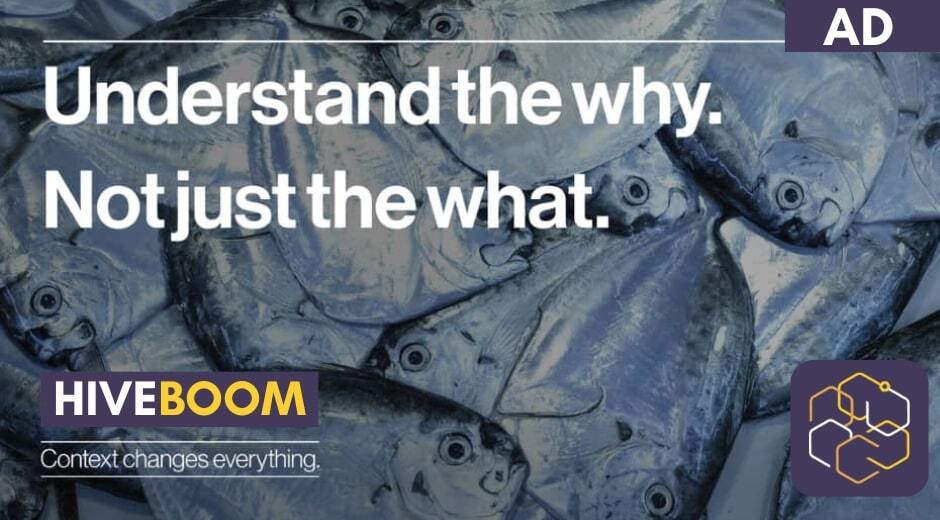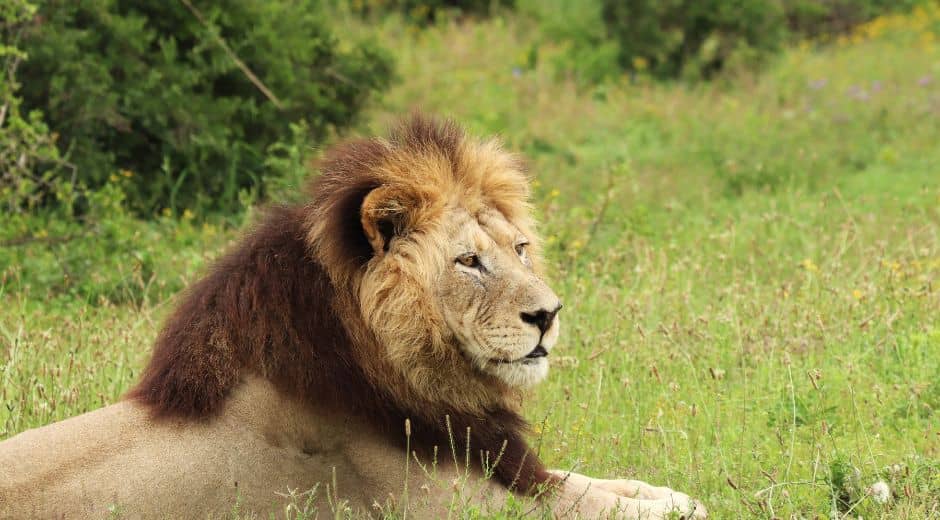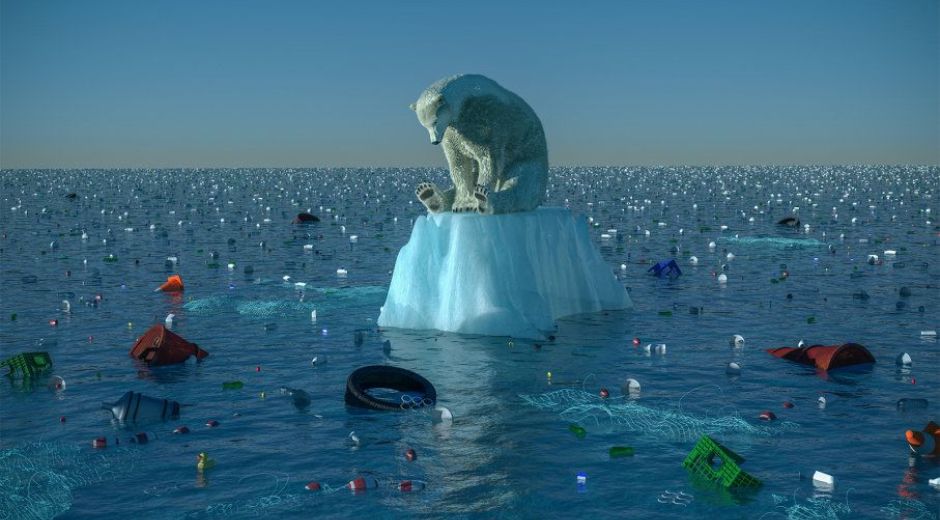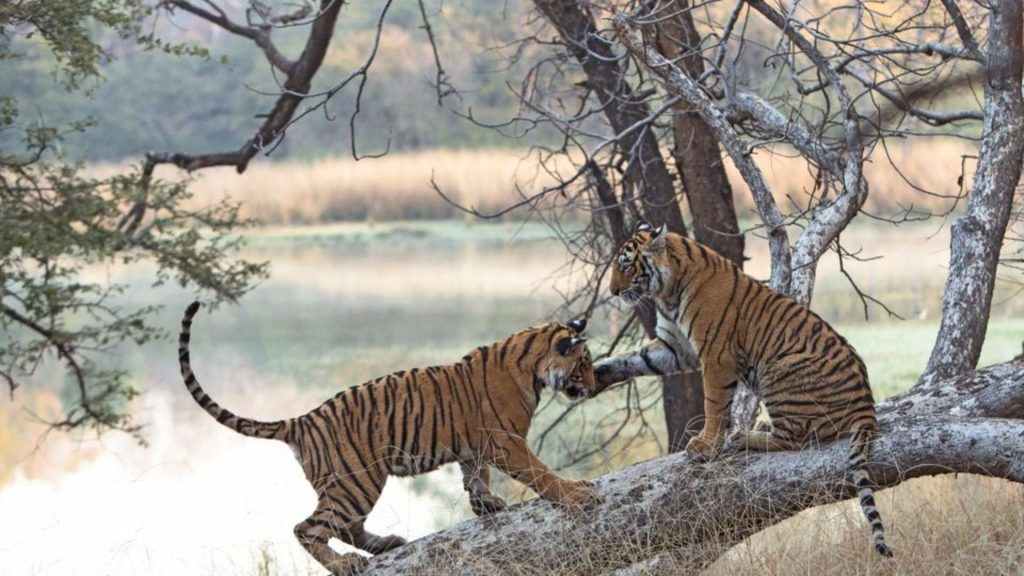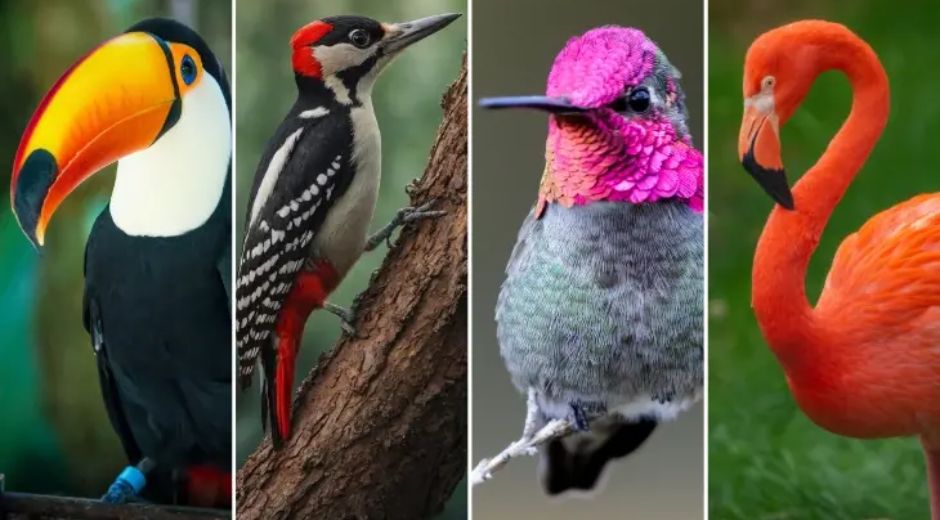The Role of Technology in Modern Wildlife Conservation
The Role of Technology in Modern Wildlife Conservation
In the fight to protect Earth’s biodiversity, technology has become one of humanity’s most powerful allies. From drones that monitor elephants to artificial intelligence that tracks illegal poaching networks, the role of technology in wildlife conservation has transformed the way we understand, manage, and protect the natural world. As the threats facing wildlife intensify, technology continues to offer hope — bridging the gap between human innovation and the planet’s survival.
Eyes in the Sky: Drones and Satellite Monitoring
One of the most visible examples of the role of technology in conservation is the use of drones and satellite imagery. These tools provide a bird’s-eye view of ecosystems, allowing researchers to track deforestation, observe animal migration, and identify threats in real time. In regions where poaching or illegal logging occurs, drones can cover vast, remote areas that would take days for rangers to patrol on foot.
Organizations highlighted by sources like EcoGlobalo.com have emphasized how remote sensing and satellite data are revolutionizing the way conservation teams collect and interpret information. The ability to map habitat changes and detect illegal activities from space gives wildlife defenders a critical advantage.
AI and Machine Learning: The New Frontier
Artificial intelligence has become the backbone of many modern conservation projects. Through data analytics and pattern recognition, AI helps researchers identify species, track population trends, and even predict environmental changes before they occur.
For example, conservationists now use AI to analyze camera trap images — sorting through thousands of photos to distinguish between animals, vehicles, and humans. This technology drastically reduces time and human error, enabling faster responses to potential threats. The role of technology here extends beyond efficiency; it empowers scientists to make data-driven decisions that can save lives.
Insights shared by BioNatureVista.com underline how predictive modeling powered by AI is being applied to prevent habitat loss and anticipate wildlife movements in response to climate change. Such tools not only help researchers understand current challenges but also forecast the future of ecosystems under threat.
Acoustic Sensors and the Sounds of the Wild
In dense jungles and deep oceans, where visibility is limited, acoustic technology plays a crucial role in wildlife monitoring. Underwater microphones, or hydrophones, record the songs of whales and dolphins, while terrestrial sensors capture the calls of endangered birds and primates. These recordings allow scientists to study species that are otherwise hard to observe, revealing insights into their behavior, population density, and migration patterns.
This dimension of the role of technology has become especially vital in combating illegal activities like logging or poaching. Acoustic sensors can detect gunshots or chainsaw noises in real time, sending alerts to authorities who can respond immediately. Such innovation shows that conservation is no longer confined to the field — it’s a digital, data-driven endeavor.
Technology and Eco-Tourism: A Symbiotic Relationship
Technology doesn’t just help protect wildlife; it also reshapes how people experience it. Platforms like TripBeyondTravel.com have shown how eco-tourism is evolving with the help of apps, digital maps, and immersive virtual experiences. Visitors can explore wildlife reserves responsibly, guided by real-time information that minimizes human impact.
This blend of travel and technology fosters awareness and funding for conservation projects. For example, mobile apps that allow travelers to log animal sightings contribute valuable data to researchers, while also enhancing tourists’ connection to nature. The role of technology in eco-tourism thus becomes twofold: it supports sustainable exploration and feeds scientific understanding.
Community Engagement Through Technology
Empowering local communities is central to successful conservation, and technology plays a growing role in that mission. Mobile tools now enable villagers, park rangers, and students to report wildlife sightings, track poachers, and share environmental updates. This participatory approach ensures that conservation isn’t just top-down — it’s a collaborative effort built on shared responsibility.
At Zoopora.com, initiatives promoting animal welfare and environmental education highlight how local participation can make conservation sustainable in the long run. When communities see tangible results — cleaner habitats, safer wildlife, and improved livelihoods — they become guardians of their environment.
Challenges and Ethical Considerations
While the role of technology in wildlife conservation is promising, it isn’t without challenges. Data privacy, cost barriers, and the risk of over-reliance on digital systems are pressing concerns. In remote regions, the technology required for consistent monitoring may be too expensive or difficult to maintain. Moreover, the collection of sensitive data, such as animal GPS locations, must be handled carefully to prevent misuse by poachers or traffickers.
Ethical discussions also surround the use of drones and surveillance equipment. While these tools are invaluable, their presence can disturb sensitive species if not deployed responsibly. Conservation organizations must therefore balance innovation with respect for wildlife and local communities.
A Future Defined by Innovation and Responsibility
The accelerating pace of innovation suggests that the role of technology in wildlife conservation will continue to expand. From blockchain systems that verify the origin of wildlife products to biotechnologies that restore endangered species, the possibilities are vast. Yet, as EcoGlobalo.com and BioNatureVista.com emphasize, the success of such tools depends on global cooperation and ethical application.
Technology alone cannot save wildlife — it must be paired with empathy, education, and strong environmental policies. Conservationists, governments, and citizens all play a part in ensuring that the tools we create serve both people and planet.
Conclusion: Technology as the New Steward of the Wild
In the end, the role of technology in modern wildlife conservation is a story of adaptation — not just for the species we protect, but for humanity itself. By combining innovation with compassion, we can safeguard the natural world for generations to come.
Whether it’s a ranger using AI-driven alerts, a drone soaring above a rainforest, or a traveler learning about ecosystems through digital platforms like TripBeyondTravel.com, every action counts. As digital tools become the new stewards of the wild, our shared challenge is clear: to use them wisely, and to never forget the wonder of the world they aim to preserve.
Wildlife Behavior Curiosity

Training and Trust: Building a Stronger Bond with Your Pet
Discover why biodiversity is vital for ecosystems, climate balance, and human survival, and how conservation protects life’s intricate web.

Biodiversity: The Foundation of Earth’s Living Systems
Discover why biodiversity is vital for ecosystems, climate balance, and human survival, and how conservation protects life’s intricate web.

Adaptation: How Animals Evolve to Survive Changing Worlds
Explore how adaptation helps animals survive climate shifts, predators, and new environments, revealing nature’s incredible resilience.



